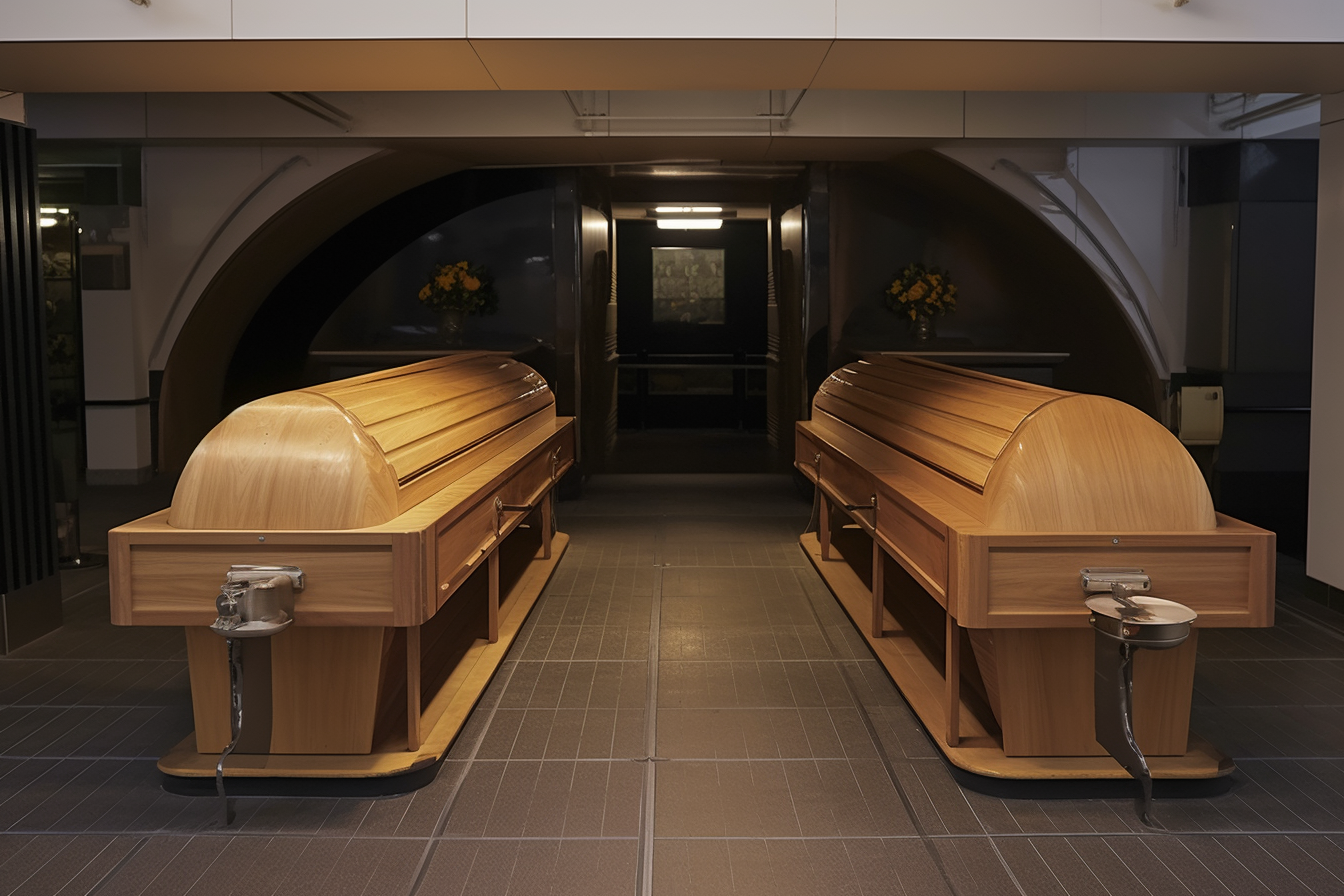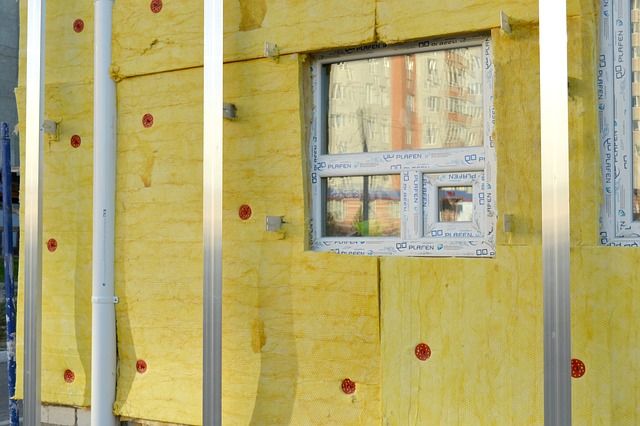The Truth About Cremation: A Closer Look at What Happens
Cremation has become an increasingly popular choice for end-of-life arrangements, offering a more affordable and environmentally friendly alternative to traditional burial. As more people consider this option, it's essential to understand the process, costs, and available services. This article delves into the truth about cremation, providing a closer look at what happens and exploring the various aspects of this final disposition method.

The Cremation Process Explained
The cremation process involves several carefully regulated steps that ensure dignity and respect throughout. Initially, the deceased is placed in a cremation chamber, also known as a retort, which operates at temperatures between 870-980 degrees Celsius. The process typically takes 2-4 hours, depending on various factors including body size and the type of cremation equipment used.
During cremation, organic matter is reduced to bone fragments and ash through intense heat and flame. The remaining bone fragments are then processed into a fine, sand-like consistency using specialised equipment. These cremated remains, often called ashes, are collected and placed in either a temporary container or an urn chosen by the family.
Modern crematoriums use advanced filtration systems to minimise emissions and ensure the process meets strict environmental standards. Each cremation is performed individually, and facilities have rigorous identification procedures to ensure the correct remains are returned to families.
Preparing for Cremation: What to Expect
Preparation for cremation involves several important steps that families should understand. First, any medical devices such as pacemakers or implants containing batteries must be removed, as these can pose safety risks during the cremation process. Jewellery and personal items are typically removed and returned to the family unless specifically requested to remain with the deceased.
The deceased is usually placed in a cremation casket or container, which can range from simple cardboard options to more elaborate wooden caskets. Unlike burial caskets, cremation containers don’t need to be as durable since they’re consumed during the process. Many families choose to hold a viewing or service before cremation, while others opt for memorial services afterwards.
Timing can vary depending on the crematorium’s schedule and any required waiting periods. In most Australian states, cremation can occur 48-72 hours after death, provided all necessary documentation is completed and any coroner requirements are met.
Legal Requirements and Documentation
Australian cremation laws vary by state and territory, but several common requirements apply nationwide. A death certificate must be issued by a medical practitioner or coroner, and this document is essential before any cremation can proceed. Additionally, a cremation permit or authority must be obtained from the relevant state authority.
If the death occurred under unusual circumstances or requires investigation, the coroner may need to provide clearance before cremation can take place. This process can extend the timeline, so families should be prepared for potential delays in such situations.
Religious or cultural considerations may also influence timing and procedures. Some faiths have specific requirements about preparation and timing, while others may prohibit cremation entirely. It’s important to discuss any religious considerations with both your funeral director and spiritual advisor to ensure all requirements are met respectfully.
Environmental Impact and Considerations
Modern cremation practices have evolved significantly to address environmental concerns. Contemporary crematoriums use advanced emission control systems that filter particulates and reduce pollutants released into the atmosphere. Many facilities also offer eco-friendly options such as biodegradable urns and natural burial grounds for scattering ashes.
Energy consumption remains a consideration, as cremation requires significant fuel to maintain high temperatures. However, some crematoriums are investing in renewable energy sources and more efficient equipment to reduce their carbon footprint. Water-based cremation, also known as alkaline hydrolysis, is emerging as an alternative method that uses significantly less energy, though it’s not yet widely available in Australia.
Families concerned about environmental impact can choose sustainable options such as tree-planting memorials, reef burials, or scattering in designated natural areas. Many national parks and coastal areas have specific guidelines for ash scattering that help protect natural environments while providing meaningful memorial options.
Cremation Costs and Affordable Options
Understanding cremation costs helps families budget during a difficult time while ensuring they receive appropriate services. Cremation expenses vary significantly across Australia, with several factors influencing the final price.
| Service Type | Provider | Cost Estimation |
|---|---|---|
| Basic Cremation | InvoCare (White Lady Funerals) | $2,500 - $4,000 |
| Direct Cremation | Bare Cremation | $1,690 - $2,200 |
| Full Service Cremation | Tobin Brothers | $3,500 - $6,500 |
| Eco-Friendly Options | Natural Grace | $2,800 - $4,200 |
| Premium Services | Le Pine Funerals | $4,000 - $8,000 |
Prices, rates, or cost estimates mentioned in this article are based on the latest available information but may change over time. Independent research is advised before making financial decisions.
Basic cremation services typically include collection of the deceased, basic preparation, use of crematorium facilities, and return of ashes in a temporary container. Additional costs may include memorial services, upgraded urns, death certificates, and newspaper notices. Many providers offer payment plans or pre-paid funeral plans that can help manage costs over time.
Direct cremation, which occurs without a service or ceremony, represents the most affordable option and has gained popularity among families who prefer to hold separate memorial gatherings. Government assistance may be available for eligible families through the Department of Human Services bereavement allowance or funeral assistance schemes.
Cremation provides families with flexibility in how they commemorate their loved ones while offering practical and economic advantages over traditional burial. By understanding the process, requirements, and options available, families can make decisions that align with their values, beliefs, and circumstances. Whether choosing simple direct cremation or more elaborate memorial services, the focus remains on creating meaningful ways to honour and remember those who have passed away.




